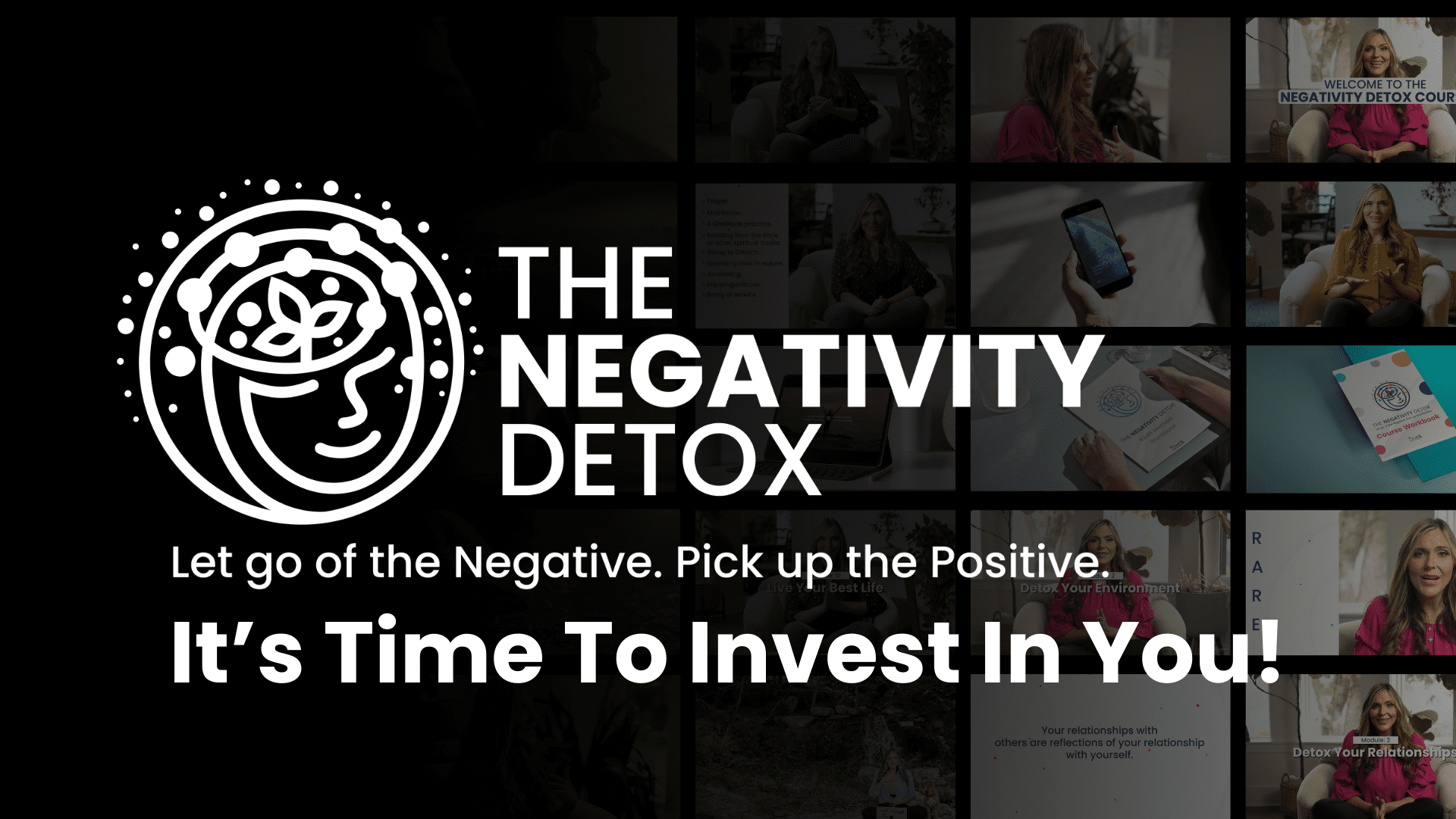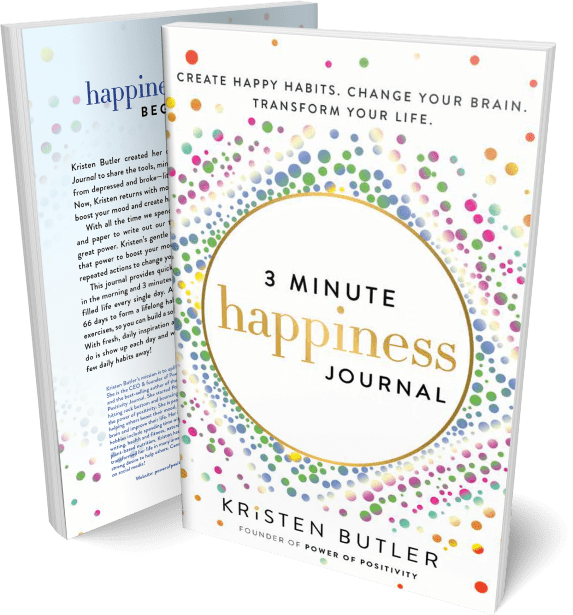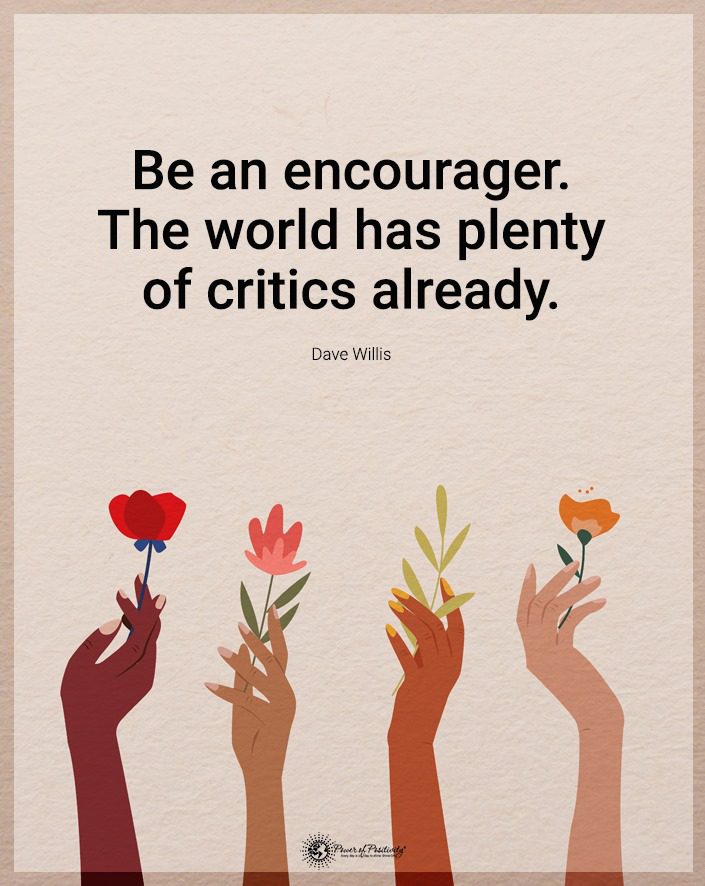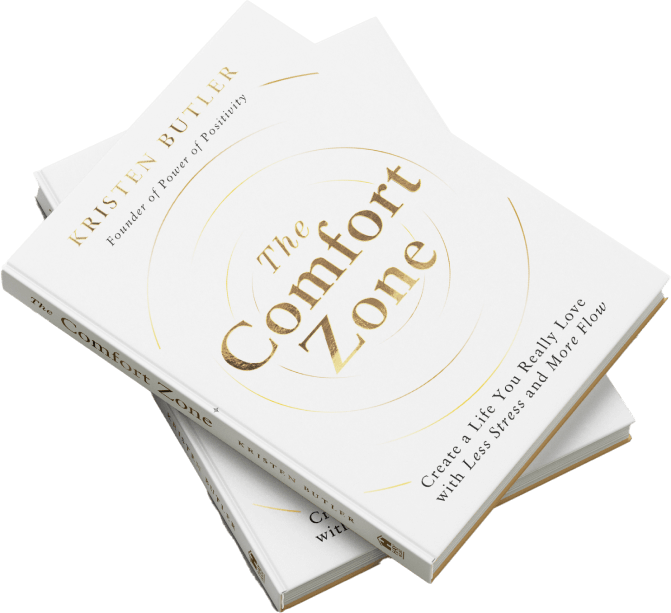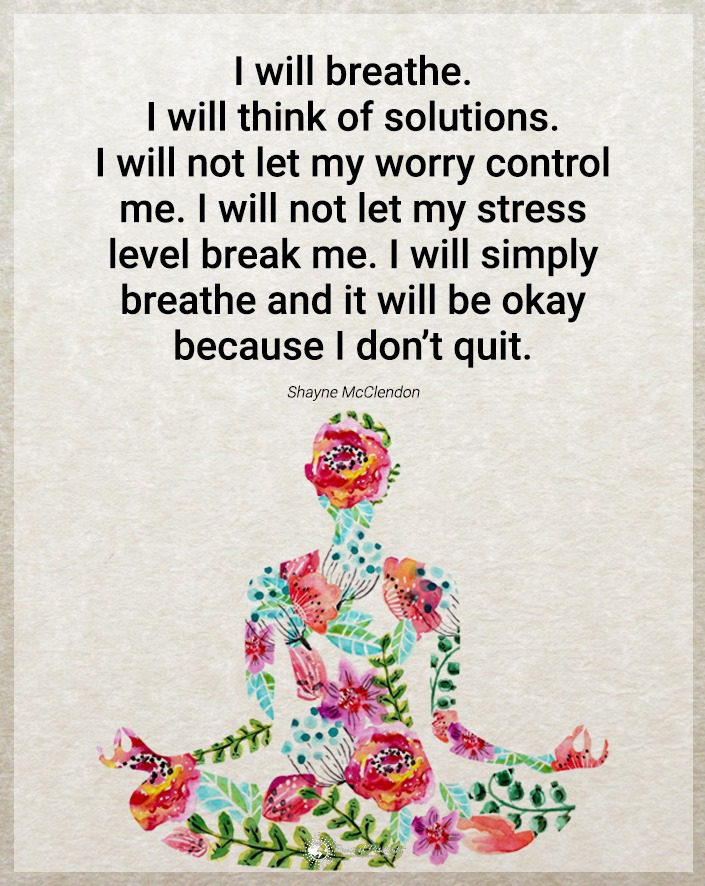Did you know that regular gratitude practice can reduce depression, lower blood pressure, and rewire your brain? Indeed, thankfulness to the universe for your blessings creates a chain reaction of positivity. Even if you feel grateful for the little things, such as being able to see and walk, you’ll have a renewed perspective.
Adults often forget about showing gratitude because of life’s pressures and seemingly endless responsibilities. Children can easily express thanks because they see the world through a more innocent, carefree lens.
However, it’s even more essential for adults to remember their blessings to maintain a healthy mindset and outlook. While it may seem challenging at first to practice gratitude, it can have an extraordinary impact on your life.
After developing a habit of feeling thankful, it will become second nature, and you will notice positive changes in your personality. Life starts to feel more effortless when you surrender to the universe and choose to find the silver lining in any situation.
So, if you’d like to reap the benefits of a daily gratitude practice, we’ll tell you how to get started.
5 Ways to Practice Gratitude and Feel More Joyful

1. Keep a gratitude journal.
It helps to jot down a few things you feel grateful for each morning and evening. Before you even have your morning cup of coffee, getting in the right mindset for the day ahead is essential. Expressing your gratitude on paper will help you see everything you have and shift your perspective. Most of us worry daily about not having enough money, possessions, validation, etc.
In general, we have a scarcity mindset rather than an attitude of abundance. Unfortunately, society teaches us to live in a state of fear and lack, keeping us in a low frequency. But, as spiritual beings having a human experience, we already possess everything we need within.
Keeping a gratitude journal will help you remember this and expand your energy field to realign you with the universal consciousness. Studies show that writing down your blessings can improve mental health and happiness after four weeks.
2. Live in the moment.
Living in the past only causes depression, while dwelling on future events creates intense anxiety. Because we can’t separate ourselves into two beings, we must live in the present moment. It only makes sense to surrender to the universe, no matter what’s happening around us. Every moment contains so much potential, but our racing minds often miss the beauty in each experience. We always want something else and never feel satisfied even after obtaining our desires.
So, the remedy lies in conquering our egos and allowing our souls to shine through. The ego lives in fear and greed, while the soul dwells in peace and harmony. Try to be in the moment without needing anything else, and you’ll start feeling more blissful.
3. Tell your loved ones you’re grateful for them.
How often do you express gratitude for your friends and family? Sure, they may get under your skin sometimes, but they always have your back and celebrate life with you. We don’t go through life alone, so it’s essential to give thanks for the beautiful relationships that nourish our souls.
Studies show that telling loved ones you appreciate them releases oxytocin, the love hormone. This powerful hormone plays a crucial role in bonding and establishing trust in relationships. Therefore, being grateful can help you feel closer to your friends and family, improving your mental health.
The next time you see your parents, sister, or spouse, remind them of everything you love about them. Tell them from the heart how much you treasure their presence in your life. This will make their day (or maybe their whole month) and provide an opportunity to connect emotionally.
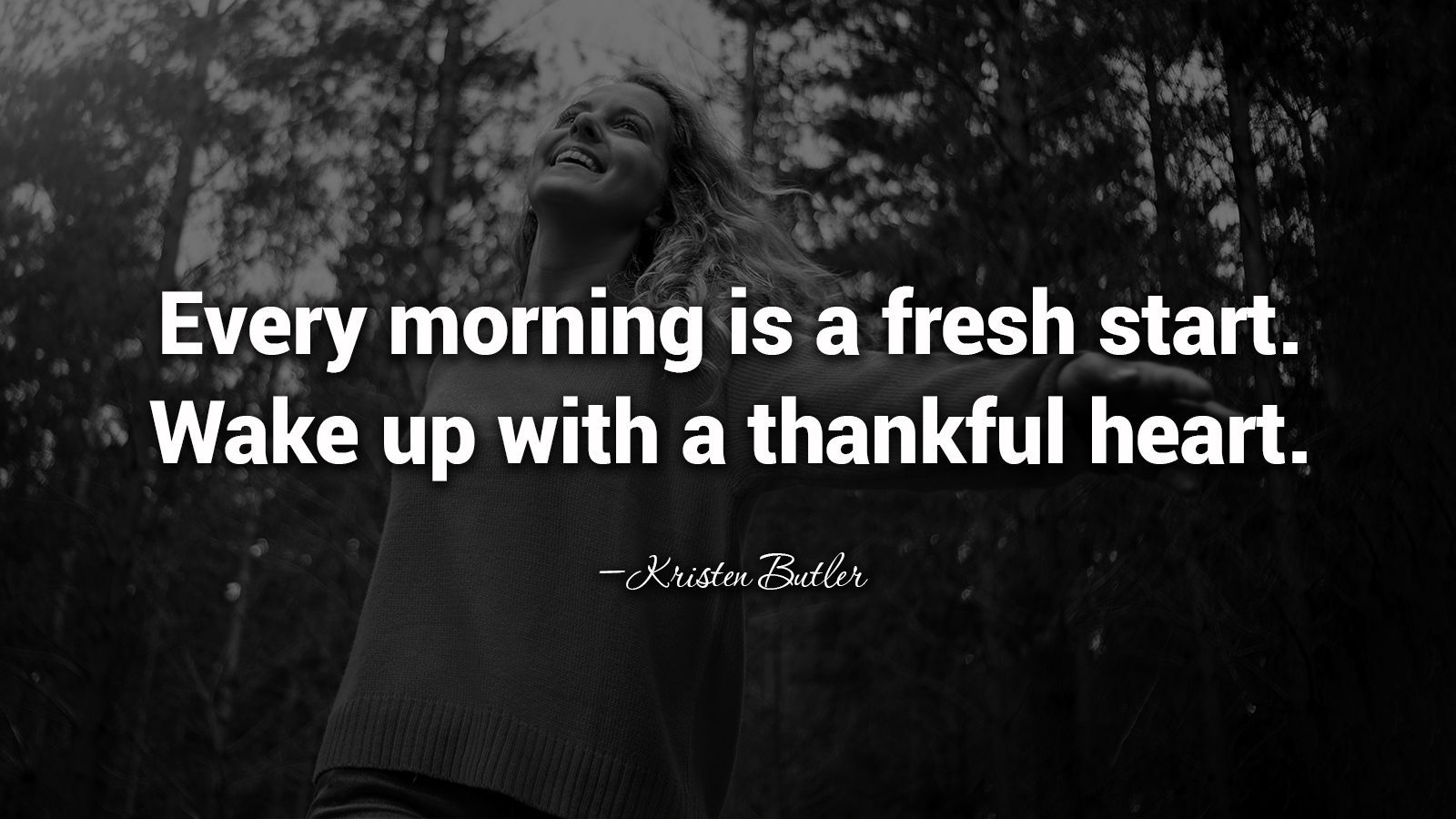
4. Practice mindfulness meditation.
This type of meditation involves watching your thoughts and focusing on the present moment without judgment. Having a regular mindfulness practice will help you feel more grateful by default. The whole idea of meditation involves letting go of negative thinking patterns and embracing the present moment.
It’s about surrendering the ego and shedding its layers to reveal the pure soul. In doing so, you naturally begin to feel at one with the universe, and gratitude becomes part of your nature rather than something you must practice.
If you want to enhance your meditation practice, consider things you feel grateful for, such as your family, friends, sunshine, food, etc. As you visualize your favorite people or nature scenes, you will notice more positive feelings arise in your consciousness.
5. Get lost in nature to feel more gratitude.
As an urbanized society, we’ve lost touch with our true essence. We are nature, but we forget that in the comfort of our modern homes and offices. However, even though we have much to feel grateful for in today’s world, we have also become disconnected from life.
We couldn’t survive without the animals, plants, and ecosystems surrounding us, but we barely acknowledge their existence. However, a trip to a local forest or nature preserve can put things into perspective and remind us of our interconnectedness with others. It’s humbling to witness the vastness of nature and realize we’re just a tiny piece of a complex puzzle. So, please take time to slow down, breathe, and express gratitude for the air, water, soil, and plants that sustain our lives.

